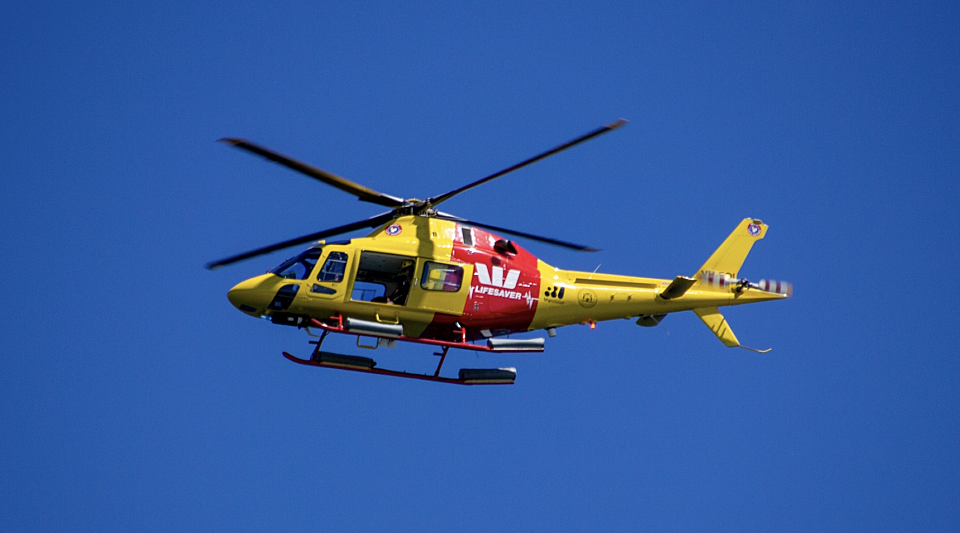
ICDA and BoardPro partnership unlocks digital governance tools for not-for-profits nationwide
Posted on 10 Dec 2025
Adele Stowe-Lindner, Executive Director, Community Directors The Institute of Community Directors…
Posted on 11 Sep 2023
By Greg Thom, journalist, Institute of Community Directors Australia

The top end of town has helped push charitable donations across the nation to $4.4 billion but just 30% of us are giving, according to a new report.
The analysis of the latest Australian Tax Office [ATO] statistics by the Australian Centre for Philanthropy and Nonprofit Studies [ACPNS] revealed tax-deductible donations reached $4.39 billion in 2020-2021.
This represented an increase of 14.19% on the $3.85 billion tax-deductible donations made in 2019-2020.
Donors can only claim a tax deduction on donations made to organisations that are endorsed as a DGR by the Australian Charities and Not-for-profits Commission [ACNC].
There are 52 sub-categories of DGR endorsed charities, which comprise about 41.5% of all charities registered with the charities regulator.
The new figures are the latest in the annual analysis of income tax data by the ACPNS which looks at the amount and type of tax-deductible donations Australian taxpayers make and claim.

Key findings for the period 1 July 2020 to 30 June 2021 include:
Donations to DGR charities and claimed on tax represented an average 0.42% of individual income, up from 0.40% the previous year.
While declining levels of giving have been well documented of late, the study found the amount donated and claimed on tax by Australians to charities with DGR status “far exceeds” the rate of inflation.
One of the report’s authors, Emeritus Professor Myles McGregor-Lowndes of QUT Business School, said it was the third year in a row that less than 30% of taxpayers have claimed a tax-deductible donation.
“This is a trend also appearing in the USA, UK and Canada,” Professor McGregor-Lowndes said.
“However, the rise of mega-donors has meant that the total of donations claimed as tax deductions continues to rise overall, with taxpayers with a taxable income over $1 million accounting for 18.24% of the total amount donated in 2020–21.”
"The rise of mega-donors has meant that the total of donations claimed as tax deductions continues to rise overall, with taxpayers with a taxable income over $1 million accounting for 18.24% of the total amount donated in 2020–21.”
The largest proportion of donations in 2020–21 came from New South Wales.
More than 1,324,397 NSW taxpayers claimed $1.39 billion in tax-deductible donations, 31.53% of the national total.
Victorians claimed the next largest proportion of donations [$1.38 billion] followed by Western Australia [$748].
The three states accounted for a combined 80% of all tax-deductible donations claimed.
At $1,729 Western Australian taxpayers claimed the largest average tax-deductible donation, followed by Victorians [$1,180] and ACT residents [$1,065] which were all higher than the national average of $1,047.27.

Australians earning taxable income above $1 million a year donated and claimed less on their tax return than in previous years.
The top end of town claimed an average $88,256.35 35 in donations on their income tax [down 26.45% from $119,995.31 in 2019–20].
While this represents an average of 1.67 per cent of the nation’s highest earners taxable income and is above the 0.42 per cent national average, the total percentage of total donations for high income earners fell from 24.78% in 2019-2020 to 18.24%.
The ACPNS analysis also ranked DGR giving by postcode throughout the nation.
Residents in the well-heeled suburbs of Cottesloe and Peppermint Grove in Perth accounted for the highest total in claimed deductible gifts at $499,634,018.

The figure accounted for more than 66 per cent of total DGR donations and claims in WA but was down 5.67% on last year’s total of $529,668,459.
The municipality was also responsible for the highest average tax-deducible donation at gift at $257,676 – almost five times higher than second ranked postcode of Fitzroy and Clifton Hill in Melbourne at $58,038.
Professor McGregor-Lowndes said he found the breakdown of DGR giving as a per centage of occupation income particularly interesting.
Financial investment advisors or managers ranked highest at 3.76 per cent followed by religious Leaders (1.88 per cent).
“Religious Leaders have ranked first in all but five recorded years (when they ranked second),” said Professor McGregor-Lowndes.
For the eleventh year in a row, police officers were the occupation with the highest percentage of DGR donating taxpayers [72.02%] followed by school principals [56.98%].

Posted on 10 Dec 2025
Adele Stowe-Lindner, Executive Director, Community Directors The Institute of Community Directors…

Posted on 10 Dec 2025
The Australia Institute has called on the federal government to force Australian businesses to be…

Posted on 10 Dec 2025
Economic empowerment is essential to enabling recovery, restoring agency and preventing future…
Posted on 10 Dec 2025
A long-time advocate for rough sleepers in northern New South Wales has been named her state’s…

Posted on 10 Dec 2025
What a year 2025 has been, particularly at a national level where the Parliament and politics as we…

Posted on 10 Dec 2025
Anyone working in an organisation knows it: meetings follow one after another at a frantic pace. On…

Posted on 10 Dec 2025
As a qualified yoga instructor who learned the practice in her hometown of Mumbai, Ruhee Meghani…

Posted on 10 Dec 2025
Community Directors trainer Jon Staley knows from first-hand experience the cost of ignoring…

Posted on 10 Dec 2025
Stressed, overwhelmed, exhausted… if you’re on a not-for-profit board and these words sound…

Posted on 10 Dec 2025
The Institute of Community Directors Australia trains over 22,000 people each year, which gives us…

Posted on 09 Dec 2025
The late Sir Vincent Fairfax is remembered as a business leader, a chairman of AMP, and an active…

Posted on 08 Dec 2025
A pioneering welfare effort that helps solo mums into self-employment, a First Nations-led impact…